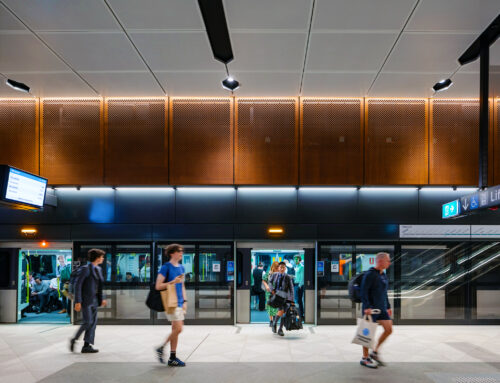The building industry is at a turning point. Expectations around sustainability, technology and user experience are accelerating faster than most assets can keep up. To stay ahead, we need smarter buildings and smarter ways of designing them.
NDY’s quarterly smart building round tables bring together leaders from across real estate, engineering and technology to share lessons learned and shape more connected, efficient and human buildings.
We’ve distilled those discussions into the most pressing challenges our clients face and the design strategies turning them into opportunities.
The top 6 challenges for asset owners and facilities managers
Common, recurring challenges raised across our round tables include:
1. Smart technology left too late
‘Smart isn’t on the critical path yet because people don’t see the value. Success on day one requires early consideration and prioritisation.’
Smart systems – particularly BMS and integration platforms – are often introduced at the end of design or construction, reducing their value.
2. Procurement constraints
‘Procurement models need to be flipped backwards with smart buildings and building management systems brought to the front.’
Traditional procurement and sequencing models exclude smart design from the early planning stages.
3. Disjointed ownership
‘Metrics are different for everyone based on their unique use of the building – inclusive design is key.’
Landlords, tenants and facility management teams frequently have competing goals or limited visibility of each other’s data. All parties need shared visibility into performance targets, from procurement to facilities management and tenants.
4. Unclear metrics
‘Smart buildings have to be intuitive for everyone.’
Return on investment (ROI) and performance measurement vary widely, often missing human factors such as comfort, productivity and inclusion.
5. Skills and confidence gaps
‘There’s a correlation between systems being ready at final building delivery and the systems actually being used by building operators. Having smart building platforms and BMS systems commissioned and ready on day one greatly increases their use when the building is live.’
Operators and facility management teams lack training to interpret and act on system data. Training must include facility management teams as well as tenants and users to drive system adoption and impact.
6. Short-term thinking
‘Teams are focused on metering alone and ignoring their carbon cost. We need to focus on the pathway to net zero to capture the wider impact of building operations.’
Rapid payback and aesthetic quick wins often outweigh long-term performance, flexibility and carbon outcomes. Accountability can be embedded with certification and benchmarking, for example NABERS. This means sustainability is maintained post-occupancy and encourages reporting, data analysis and action.
Smart building design solutions
Participants agreed that delivering truly smart outcomes requires systemic change. A smart building design approach needs to focus on connecting people, technology and performance:
Early integration
Smart building design needs to move to the start of project sequencing, defining digital strategy, integration layers and future flexibility.
Independent data architecture
Design needs to be open and vendor-neutral to avoid lock-in and allow technology to evolve.
Whole-of-life commissioning
From design to operation, systems need to work as intended with continuous optimisation.
Cross-disciplinary collaboration
Engineers must link mechanical, electrical and digital design with sustainability, acoustics and lighting for a seamless user experience.
Operational empowerment
Training for facility management teams is key along with intuitive interfaces, helping operators and occupants make data-driven decisions.
Sustainability by design
Every project should target measurable carbon and energy savings, aligning with net-zero trajectories.
Benefits of effective smart building design
Our industry needs to see measurable outcomes, including:
- reduced operational costs through optimised energy use and asset efficiency
- improved tenant comfort, health and productivity
- increased take up of systems by facility management teams
- stronger asset value and retention through verified building performance
- easier adaptation to evolving technologies and net-zero regulations
- enhanced brand and environmental, social and governance (ESG) credentials.
Our participants told us that buildings and public spaces needs smart building design that brings clarity and connection to complex systems. This is what will help ensure technology performs for asset owners, people and the planet.










